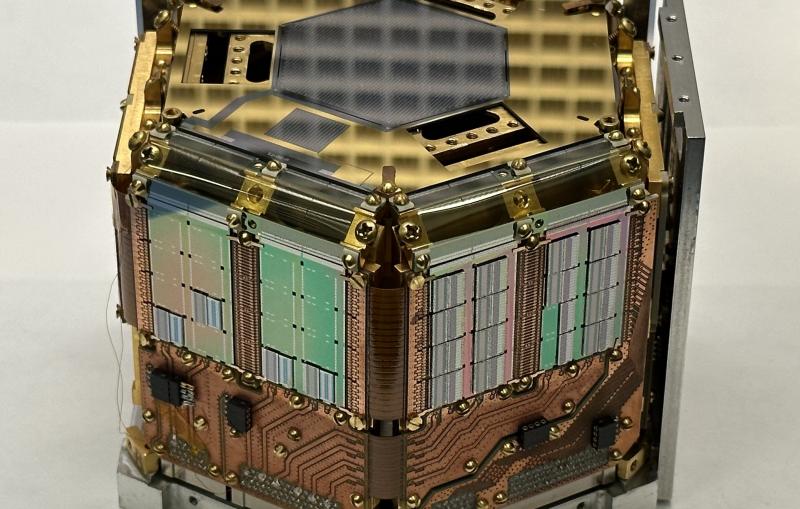November 13, 2020
Meet the kaon
Nearly 75 years after the puzzling first detection of the kaon, scientists are still looking to the particle for hints of physics beyond their current understanding.
By Nathan Collins
Related Topics
Dig Deeper
Related stories
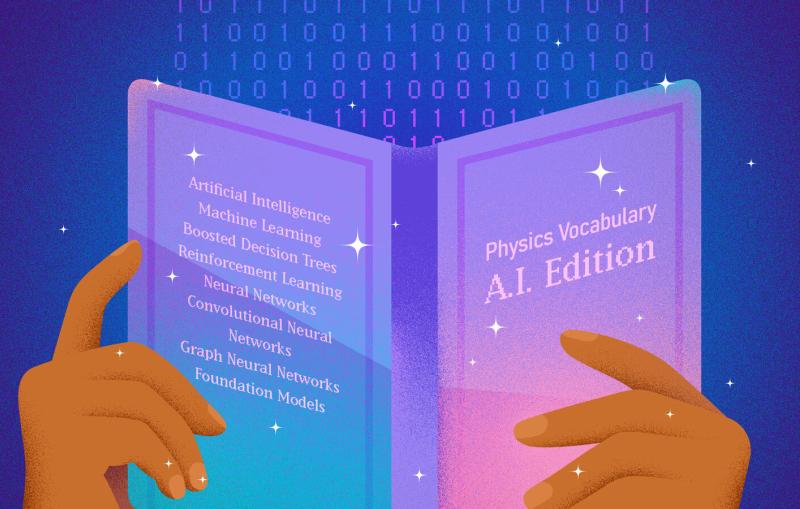
News Feature
VIA Symmetry Magazine
Symmetry’s guide to AI in particle physics and astrophysics
April 17, 2024
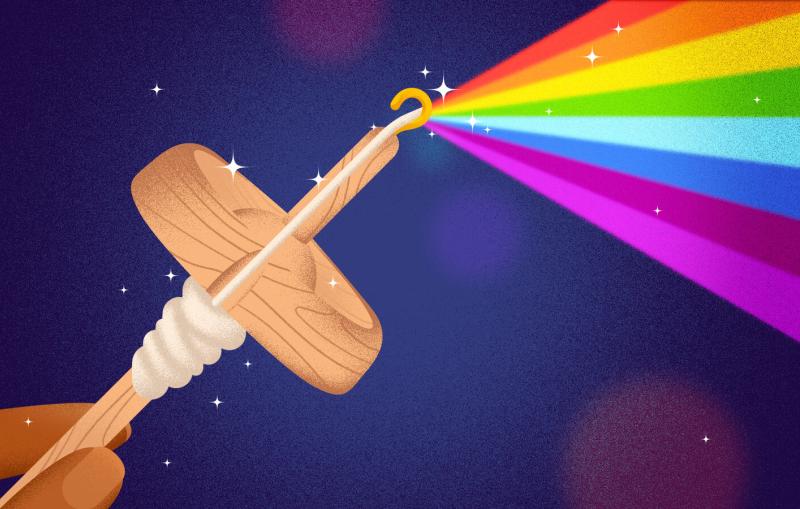
News Brief
April 4, 2024
·
3 min read
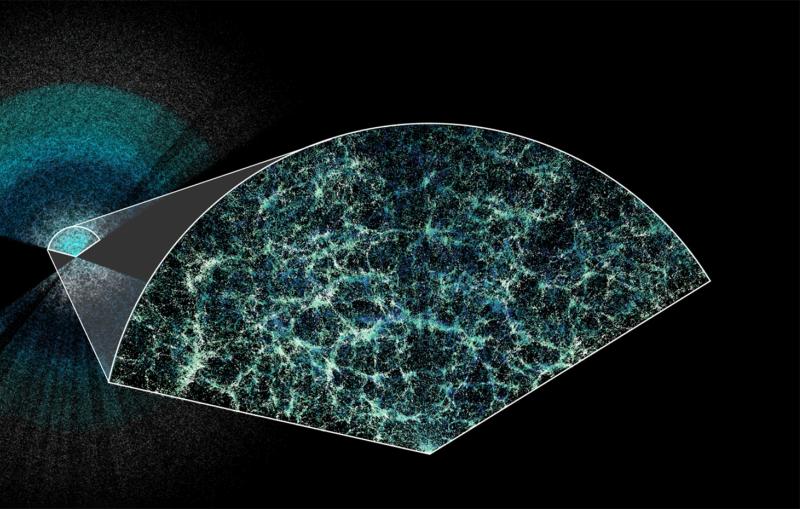

News Feature
VIA Symmetry Magazine
Symmetry’s guide to AI in particle physics and astrophysics
April 17, 2024

News Brief
April 4, 2024
·
3 min read

Press Release
April 3, 2024
·
10 min read
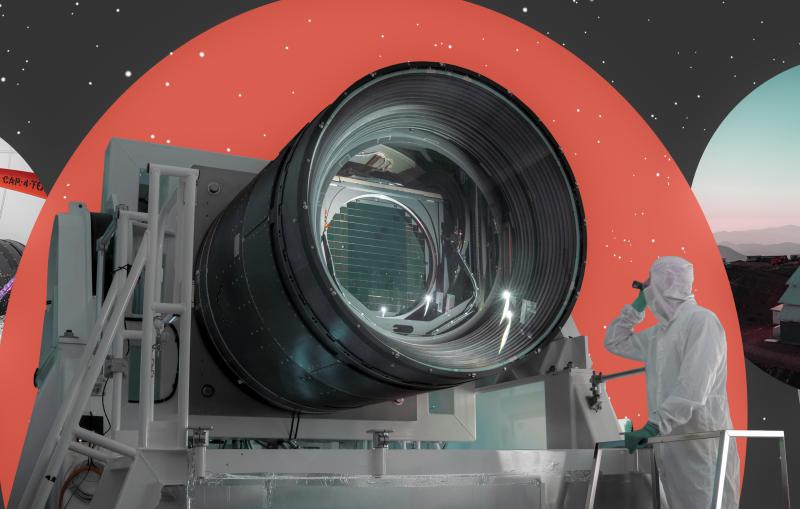
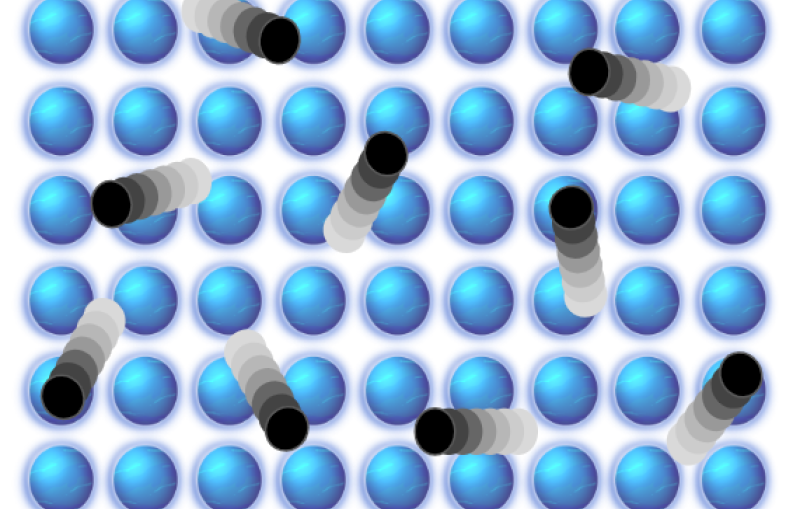
News Feature
March 20, 2024
·
4 min read
